Palmetto Bluff Real Estate Company Sales Office
Office Hours
Monday-Friday 9am - 5pm
Saturday 9am - 4pm
Sunday 12 - 4pm
Saturday 9am - 4pm
Sunday 12 - 4pm
At Palmetto Bluff, we have uncovered more than 13,000 years of history. It is because we have a full-time archaeologist, Dr. Mary Socci, on our team that we have been able to uncover these details of our past. Dr. Socci is dedicated to learning and preserving the rich history that surrounds the Lowcountry. We recently sat down with her during the Palmetto Bluff Conservancy’s new series “Lunch with …” to learn a little more about her and what she does at Palmetto Bluff.
What made you want to become an archaeologist?
When I was in college, I took a class on the Aztecs and Mayans and became fascinated by the work that was being done to uncover civilizations.
What brought you to Palmetto Bluff and what are some of your responsibilities?
I met the Director of the Conservancy and she was looking for an archaeologist to join the team and we got to talking and here I am. I educate residents and guests about the history our land holds, but I also make sure that Palmetto Bluff complies with the deferral and state regulations regarding historical and archaeological sites.
How did you go about discovering the past of Palmetto Bluff?
All 20,000 acres were surveyed by digging a test pit every 100 feet or so.
Take me through an average day for you on the Bluff.
Depending on the day, I could be guiding a cemetery tour through an old plantation, analyzing fragments of bone or pottery, writing descriptions of excavations we are doing here, or sifting through sand on a site in hopes of finding an interesting artifact.
How many excavations have been done on property?
Over 30. Every site must have potential to yield new information about South Carolina’s past.
What is the oldest artifact you have found on property?
A Paleo-Indian projectile point dating back to the Ice Age.
You often say that archaeologists love other people’s trash. What’s the best piece of garbage you have found on property?
I don’t really have a favorite artifact, but one I especially like is a small fragment of a ceramic pitcher made in 1800 that had a design commemorating George Washington. The vessel was produced in England and I wonder whether the maker (or the purchaser) appreciated the irony of that.
As Dr. Socci often says, if you don’t want archaeologists digging up your garbage and creating stories about you, be careful what you bury.
The dates for the rest of the “Lunch with” series are:
Lunch with a biologist: June 13 &July 18
Lunch with a wildlife manager: June 20 & August 1

Palmetto Bluff’s Moreland Village feels a world away from the more traditional architecture of the iconi...
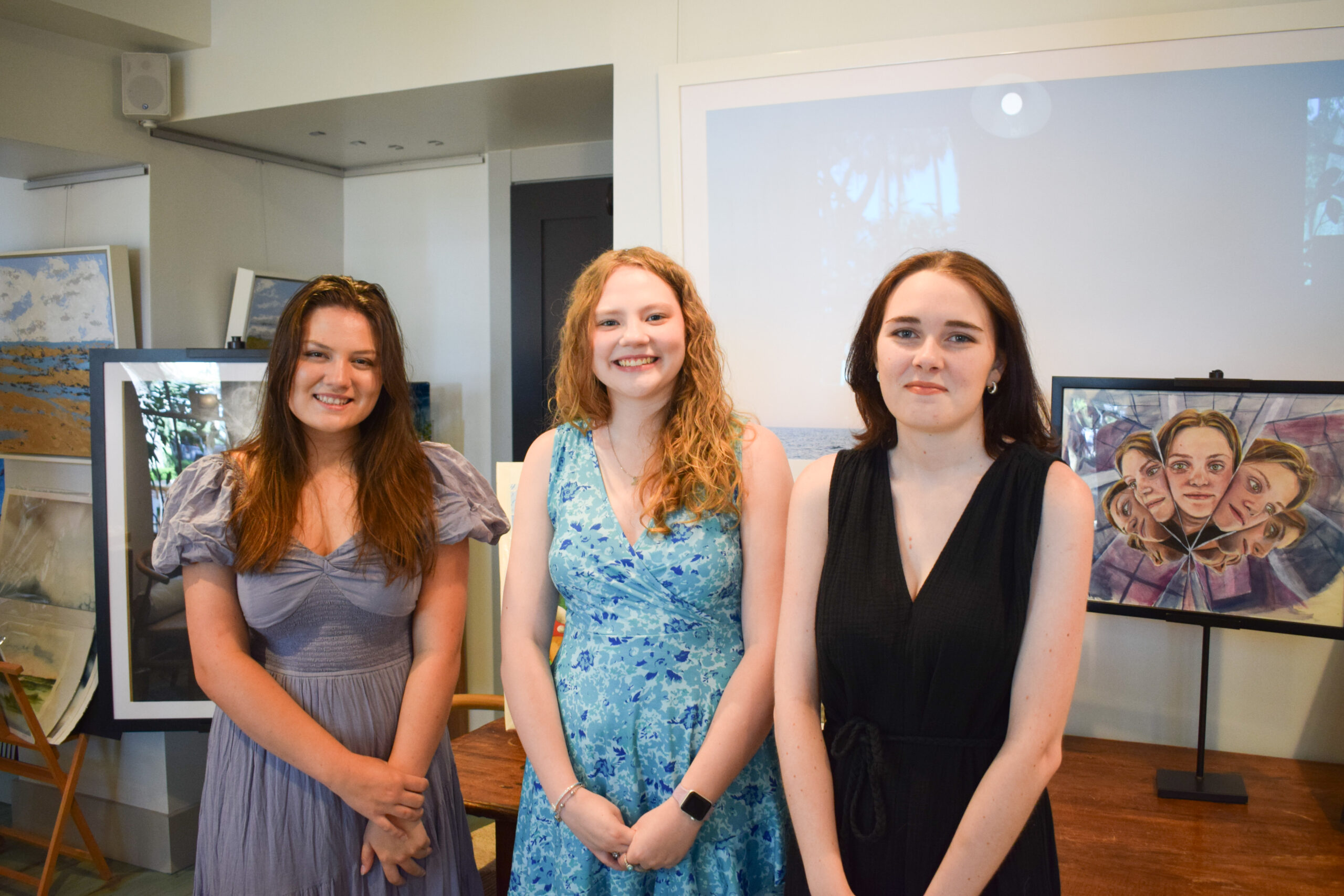
We are thrilled to introduce the inaugural winners of the Inspiring the Arts Scholarship—three extraordinary young women pursuing their artistic dreams through higher education! Katherine Donahue has been named our first official scholarship recipient, wit...

From handmade jewelry to performance wear, the latest arrivals at Palmetto Bluff’s retail spots capture the season in true Lowcountry style. This summer, the Bluff’s shops are full of fresh finds, carefully chosen by our trusted retailers—including FLOW Galler...
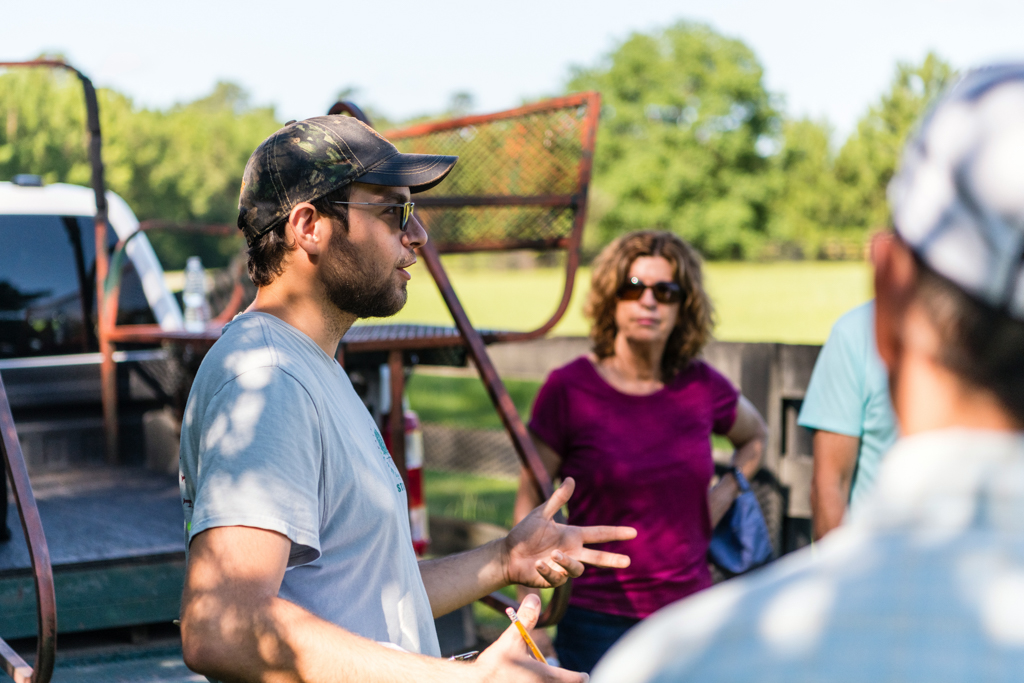
Citizen Science is Thriving at Palmetto BluffDid you know that residents of Palmetto Bluff are playing a vital role in national and global conservation efforts—all from their backyard?Through the Palmetto Bluff Conservancy’s growing Citizen Science programs, c...
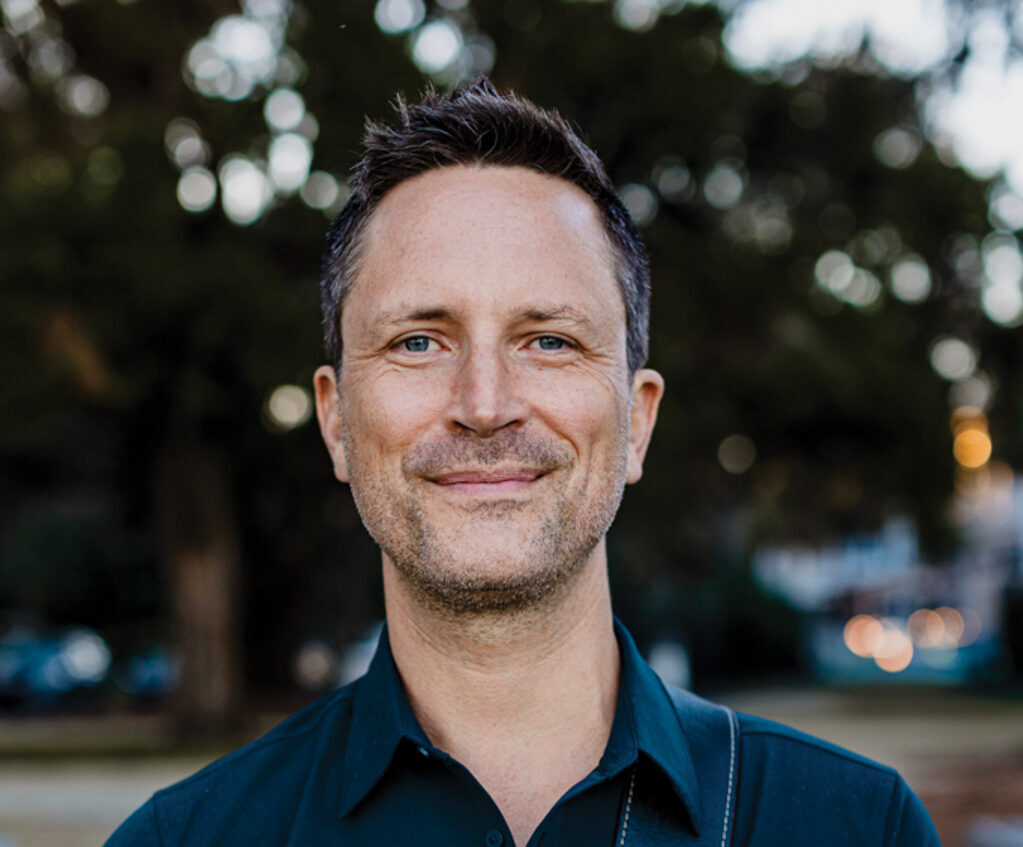
In October 2024, Grammy Award-winning musician Clay Ross visited Palmetto Bluff as part of The Arts Initiative's Artist in Residence Program. Through storytelling and song, he explores identity, heritage, and the universal language of sound. By Barry Kaufman ...

Palmetto Bluff Club Executive Chef Beth Cosgrove and Director of Culinary, Chef Rhy Waddington, Cook Up Four Peachy Recipes for a Summer in the South. Is there anything more iconic than a southern peach? A symbol of summer and Southern heritage, the peach car...
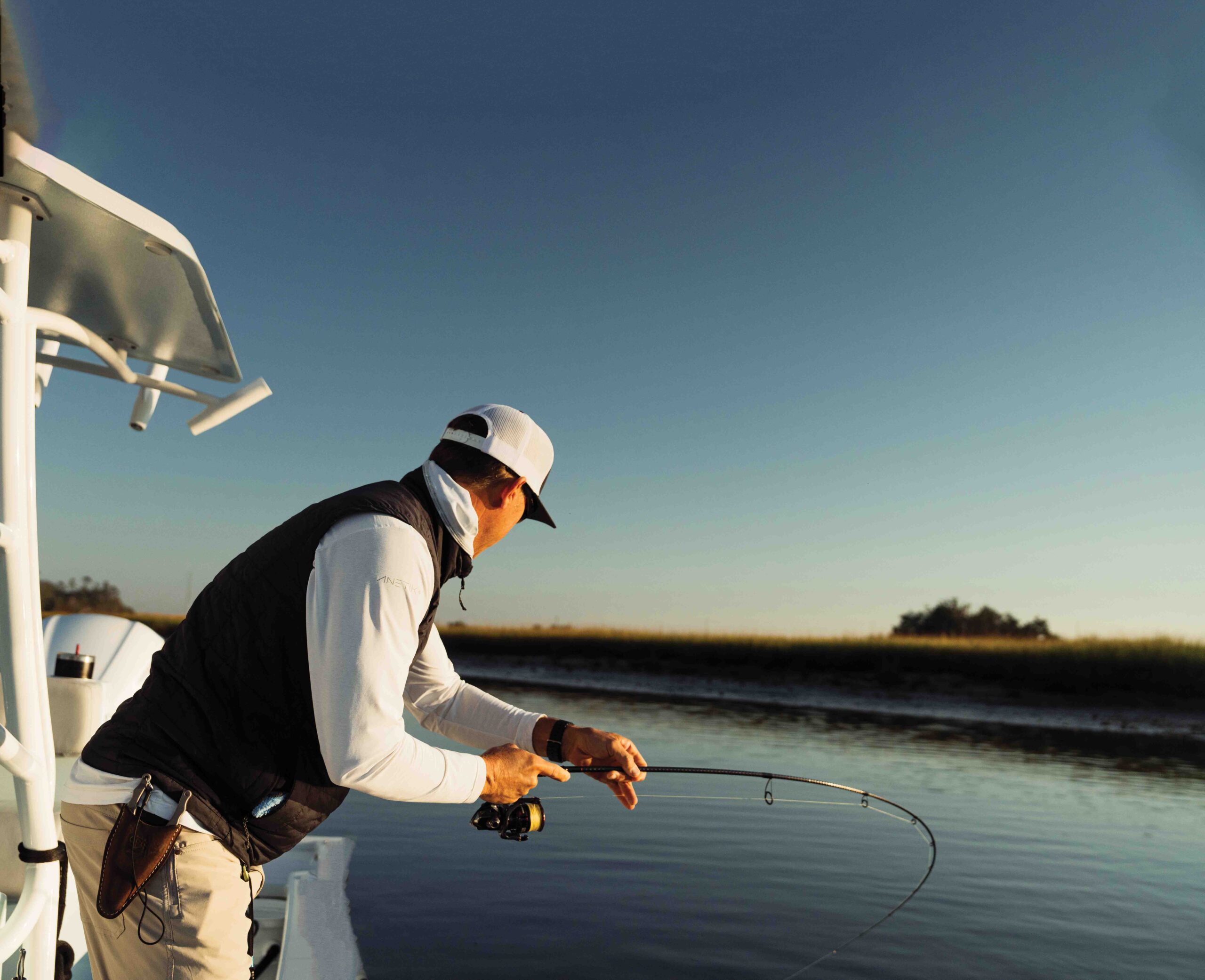
Following the tides and angling for redfish in Lowcountry creeks and estuaries with Captains Brian Vaughn and Will Stephens Story by Sandy Lang It is a sunny morning in October and the water is calm and glassy. The silence is punctuated by a gush of breath f...
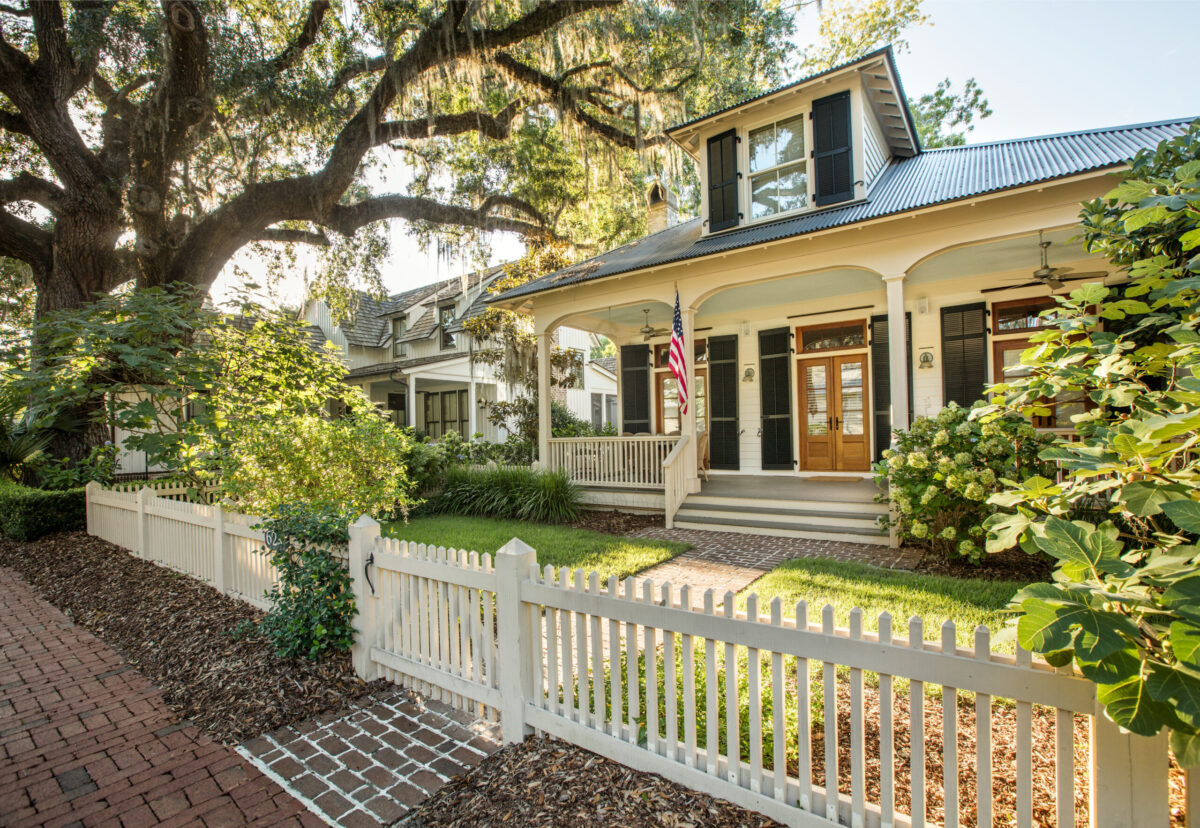
7 Ways To Upkeep Your Palmetto Bluff Home As spring arrives in the Lowcountry, the change in season brings more than blooming marshlands and sun-drenched afternoons; it’s also a perfect time to refresh and care for your Palmetto Bluff home. Coastal living mea...

When the land speaks, you listen. And at Palmetto Bluff, it spoke to two of golf’s most legendary course designers—Bill Coore and Ben Crenshaw. We invite you to watch our newest video, shot this past winter and featuring Bill and Ben, along with South Street P...

5 Renovations to Increase the Value of Your Lowcountry Home Whether Palmetto Bluff is your full-time residence or a cherished retreat, deciding to sell is never a quick or casual choice. However, when the time does come, you want your home to be as market-rea...
Learn about the Palmetto Bluff Conservancy and how we keep the vision of our land in place.
On land or water, there is an ever-evolving variety of activities.
We do not attempt to independently verify the currency, completeness, accuracy or authenticity of the data contained herein. All area measurements and calculations are approximate and should be independently verified. Data may be subject to transcription and transmission errors. Accordingly, the data is provided on an “as is” “as available” basis only and may not reflect all real estate activity in the market”. © [2023] REsides, Inc. All rights reserved. Certain information contained herein is derived from information, which is the licensed property of, and copyrighted by, REsides, Inc.